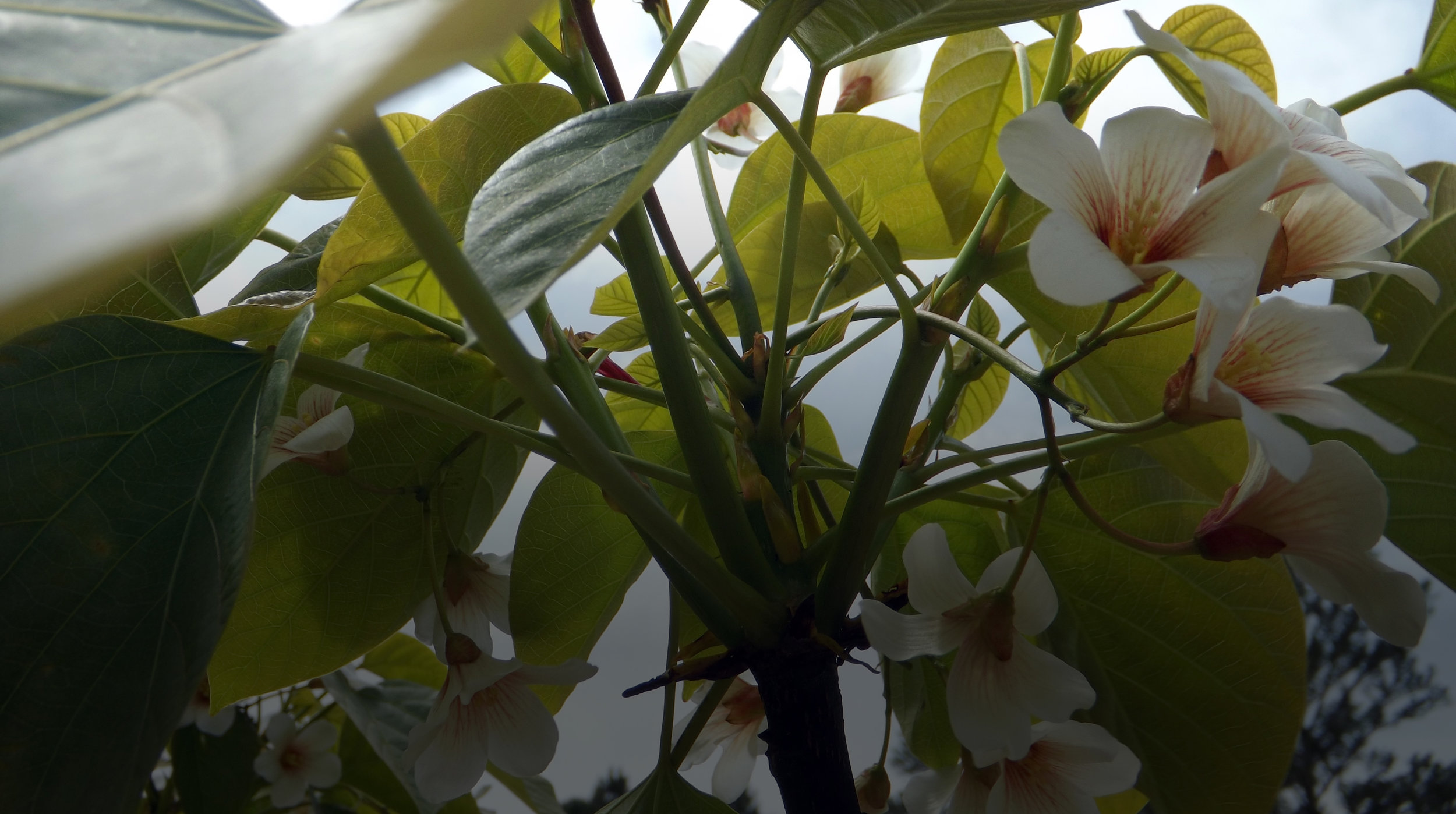
Our Story
It began in 1965
Long before it was trendy to be “green”, Frank Sutherland Welles founded a company formulating with a 100% pure Tung Oil product.
Frank’s commitment to providing wood with a nourishing, renewing treatment and working with a natural product was visionary.
It has been the foundation of our business that has produced beautiful wood in homes, businesses and public spaces for over four decades!
The legacy of sustainable products, formulated with as low toxicity as possible, has been at the core of our corporate values and vision and will remain so.
“It’s not a floor until it’s finished”
— MARY GODERWIS
The History of Tung Oil
Today the term Tung, refers to the large, dark green, heart shaped leaves of the Tung tree. This is a fast growing, deciduous tree that reaches a height of about forty feet when mature. The life span of a Tung tree is about thirty years. Fruit bearing begins in the third year of tree growth.
The Tung fruit occurs in clusters, each of which bear four or five nuts. When the nuts are dried and pressed they yield about twenty percent oil. Under favorable conditions an acre of Tung trees will produce about two tons of nuts and eight hundred pounds (one hundred gallons) of raw Tung Oil annually.
Successful cultivation of Tung trees requires exact climatic conditions, including the proper ratio of warm and cool days. The major growing areas include China, Argentina, Paraguay, and parts of Africa.

Tung Oil has dated back since 400 BC.
The first record of Tung Oil appears in the writings of Confucius dated about 400 BC. Tung trees will produce about 2 tons of nuts and 800 pounds (100 gallons) of raw Tung Oil annually. Even then, the Chinese recognized the amazing qualities of Tung Oil. Throughout their history, the Chinese have used Tung Oil to waterproof the masts and sails of junks (boats), to finish furniture of royal families and according to legend, to seal the Great Wall! When Marco Polo returned from China, he brought tales of the wonderful “China Wood Oil.” Tung oil was unable to capture the attention of the West until the 20th century.
In 1912, the American Ambassador to China shipped Tung trees to California, but they died due to lack of proper growing conditions. Successful Tung plantations were established in the Gulf Coast states during the 1930s because of the perfect growing conditions.
During WWII the US Military began using Tung Oil to prevent rust and reduce friction on engine parts. Soon Tung Oil was used to coat the insides of cans, to insulate electric circuits, and to make high-quality paints. In 1969, hurricane Camille devastated the Tung plantations of the Gulf states and dramatically halted the domestic production of Tung Oil.
Even though Tung Oil is now an imported commodity, it remains a vital part of American industry and has been seeing a resurgence of American cultivation.

